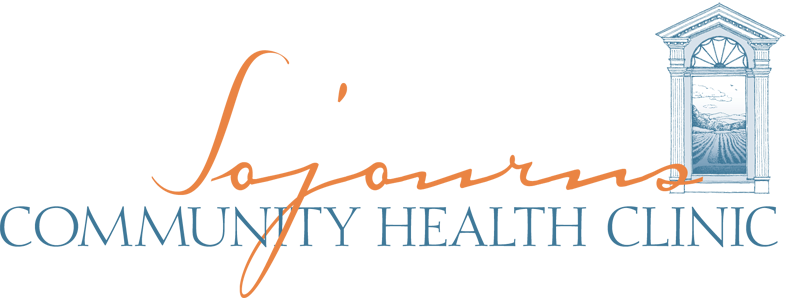Lauren Wolk
Feldenkrais Therapist
The Feldenkrais Method®:
The Coolest Bodywork You’ve Probably Never Heard Of
When people ask me what I do for a living and I say “I’m a Feldenkrais practitioner,” they often say, “What is that?” I like to say, “It’s the coolest bodywork you’ve never heard of.”
The Feldenkrais Method® is a unique approach to improving physical movement and enhancing self-awareness. Developed by European physicist Dr. Moshé Feldenkrais during the mid-20th century, the Method uses gentle sensory explorations of movement. These explorations tend to be pleasurable and relaxing and lead to improved coordination, reduced pain, and an overall increased sense of well-being. Feldenkrais is appropriate for anyone.
How does it work? Feldenkrais works via neuroplasticity: the capacity of the brain to adapt throughout our lives. As slow movements bring one’s awareness to how different parts of the body relate to one another, habitual tensions can be replaced with more optimal movement patterns. As the brain learns new habits, old tensions and chronic pains are often greatly reduced or disappear completely. People report both physical and psycho-emotional improvements from sessions.
What does a session look like? We spend 15 minutes in conversation about you, what is happening for you in your body, what difficulties do you have? Then we spend 35 minutes with you lying on your back or side, fully clothed on a padded table, with pillows to make you comfortable. I touch you, exploring subtle movements, for example moving the toes, slowly rolling the pelvis, or seeing how your shoulders and chest/ribs move when you breathe. During the final 10 minutes we talk about what differences you notice in your body, and see how you might integrate what you’ve learned on the table in sitting, standing, and walking. How can you use what we’ve done in a functional way once you leave my office?
To see a session in action and me talking about the Method you can find a video on the Sojourns homepage under Integrated Services at www.sojourns.org (https://www.youtube.com/watch?v=eksOIWAUQAs)
I personally discovered Feldenkrais as an avenue for healing after it helped me heal a chronic shoulder injury and sciatica. It has reduced my migraines, improved my sleep, and has been a crucial tool in alleviating my anxiety. I have been practicing the Method for over 10 years and have worked with people with a range of issues including but not limited to: back pain, chronic pain including headaches, traumatic brain injury, anxiety and depression, pregnancy and postpartum issues, rehabilitation from injury and surgery.
Here is a testimonial from one of my clients:
“Feldenkrais sessions have become an integral part of my natural healthcare routine. One specific area of my concern is a damaged knee, but I like the whole-body approach that Lauren works with. I’ve used massage, chiropractic and other forms of body work for over 50 years and in comparison, Feldenkrais with Lauren feels especially effective at reducing pain, improving flexibility, and increasing range of motion. The results are subtle and accumulative. The work is deeply soothing for my nervous system.”
- Bill Whyte, Founder of Badger Balm, Gilsum, NH
One session of Feldenkrais can feel lovely. However if someone is interested in really teasing apart an established pattern of tension and pain, it can be useful to think of Feldenkrias as a therapeutic process that one would engage in over time. This allows the body and brain time to integrate learning and explore new habits of movement. I often tell people: come for one session to see if it seems interesting to you. If you like my approach we could work for 4-6 more sessions and then reevaluate if the work seems potent and useful in your life.
The Feldenkrais Method can also be taught in a group class format. In this version, a group of people lie on mats on the floor and are led verbally through a series of gentle exploratory movements by the teacher.
If you’re curious to learn more, there is a wonderful profile of the power of this Method outlined in the best-selling book by neuroscientist Dr. Norman Doidge, The Brain’s Way of Healing. I also love the book Feldenkrais Illustrated written by a colleague of mine, Tiffany Sankary, which is an illustrated guide to the Method using select quotes written by Moshe Feldenkrais.
“Life is not a stable process. Our ability to recover is our greatest quality.”
- Moshe Feldenkrais

